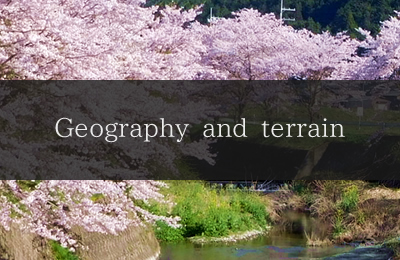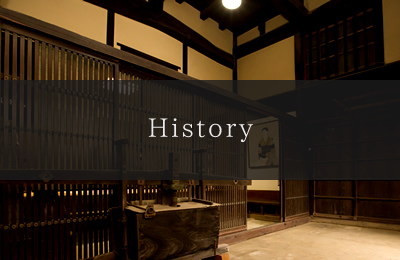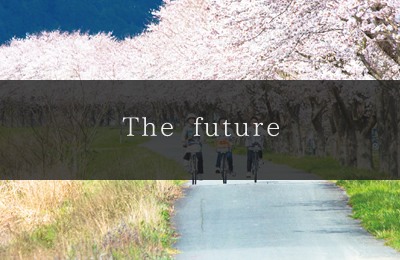What is the Hikami Kairo?
History
This land has been cherished by humans for 25,000 years.
People have been living here since the hunting and gathering era of the late Paleolithic period.
Even when the glacial age ended and the times transitioned into a warm farming period...

For generations since long ago
In the area around Iso, Hikami-cho, Tamba City, Hyogo Prefecture that is in the center of the Hikami Kairo, evidence was found during excavations that our ancestors were already living here at least 25,000 years ago, during the late Paleolithic period.
For example, the Nanukaichi ruins in Kasuga-cho, Tamba City, Hyogo Prefecture is one of the leading compound ruins (ruins with remains from several periods) in Japan from the late Paleolithic period to the Nara and Heian periods.
It is likely that the Hikami Kairo was a migration route for large animals like the Palaeoloxodon naumanni elephant (now extinct) and other animals during the late Paleolithic period, a glacial period that was far colder than today.
It appears that humans had a thriving hunting and gathering community in the forests, rivers, and grassy plains covering the area.
Hunting Naumann elephants near the Nanukaichi ruins in Tamba City
To survive, humans must adapt to tough changes in the natural environment and alter their lifestyles.
At the end of autumn 30,000 years ago, humans camped around what is currently Kasuga-cho, Tamba City, Hyogo Prefecture. Paleolithic humans waited to ambush the herds of Palaeoloxodon naumanni elephants.
This route connects the north and south. Every autumn, herds of elephants would come to the warmer southern areas to spend the winter.
The humans would chase any straying elephants into the swampland and wait for the elephants that became stuck in the swamp to weaken until it could no longer move before they struck.
The elephants thrashed about using all their remaining strength until they were speared by a courageous hunter.
The hunter would then skillfully cut the elephant into pieces and carry them back to the camp, eating the meat with a feeling of gratitude for the blessings of nature, and using up every bit, including the bones that were modeled into objects.

Grain producing region as a key transportation point
Eventually, time went on and the period transitioned into a warm cultivation period with the lowland near the Hikami Kairo becoming an excellent rice paddy area. Many people lived there, supported by abundant water and wood from the forests, mountain vegetables, and other resources.
Around the areas called Ichibe and Hongo in Mikami-cho, Tamba City, you can still see many roads in the rice paddy areas with names from the Nara period Jorisei (land allocation system of dividing a plot of land into squares with lattice lines crossing at 90 degree angles every 109 meters or so).
*While the Ichibe ruins are designated a compound ruins from the Yayoi period to the Kamakura period, the discovered Nara period remains in particular included large-scale structures and wooden talismans that appeared to be official documents, suggesting that the area thrived as a key transportation route.


History of war and common people
This area that was supported by the rich soil and abundant water has been drawn into war frequently at the end of each period, and this history is visible in the records.
Especially in the Warring States period, it suffered great upheaval in the power struggle between Akamatsu in the Harima Province, Hatano and Akai (Ogino) in the Tamba Province, Matsunaga in the Settsu Province, and others, and it is famous as the place where Mitsuhide Akechi was ordered to attack, and the birthplace of Kasuga no Tsubone (the wet nurse of the third Tokugawa shogun, Iemitsu), which is Kozenji Temple in Kuroi Castle.
The true essence of the richness of this area, however, surely lies in the everyday activities of the commoners who lived through the local climate but are not mentioned in historical records.












